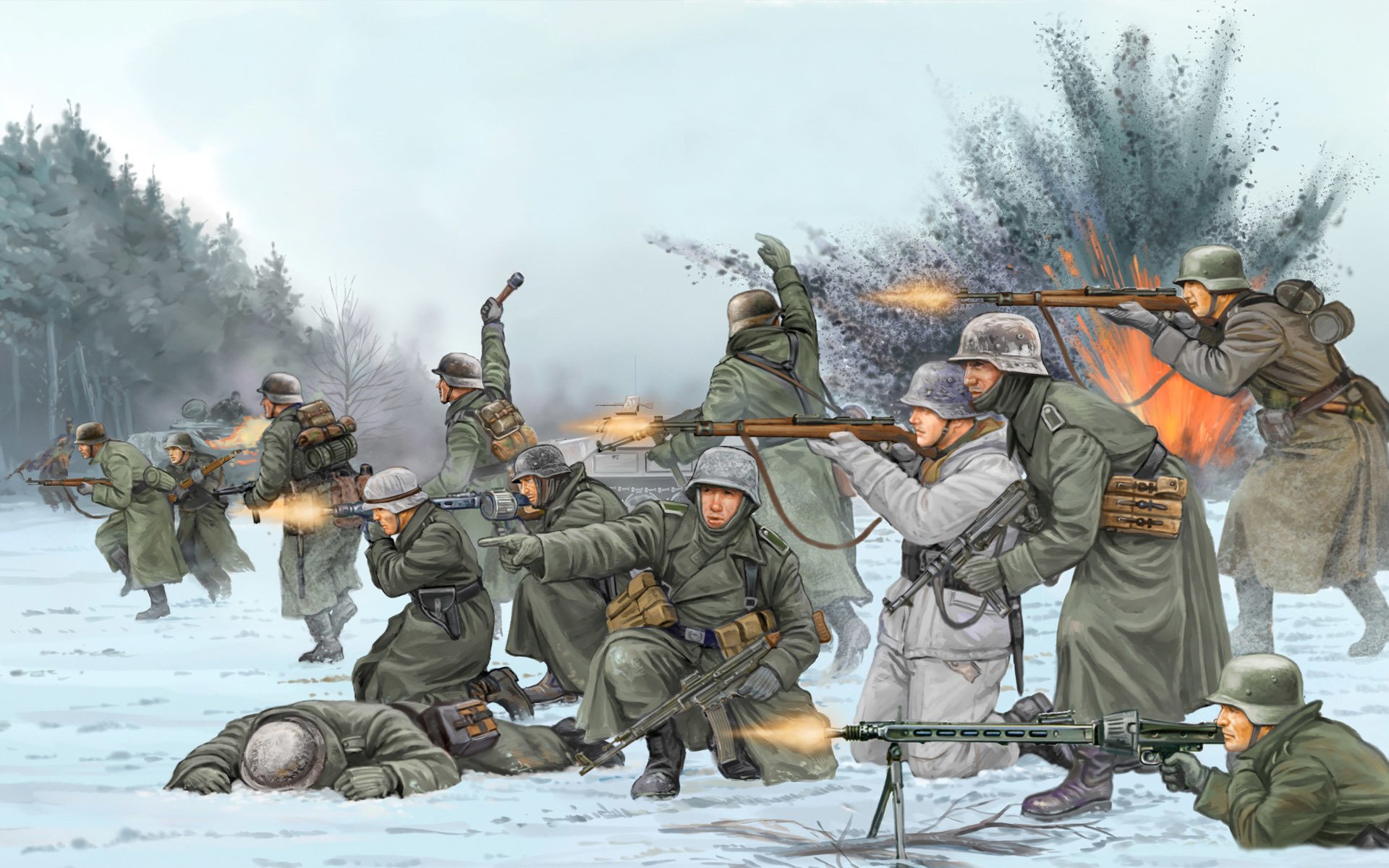

The trade unions were once again concerned about the impact on men’s wages after the war when men would once again be working in these jobs.
#WW2 ONLINE GAME GERMANS INVADING DRIVERS#
The entry of women into occupations which were regarded as highly skilled and as male preserves, for example as drivers of fire engines, trains and trams and in the engineering, metal and shipbuilding industries, renewed debates about equal pay.

During this period some trade unions serving traditionally male occupations like engineering began to admit women members. Trade Union Collections, London Metropolitan Universityĭuring WWII women worked in factories producing munitions, building ships, aeroplanes, in the auxiliary services as air-raid wardens, fire officers and evacuation officers, as drivers of fire engines, trains and trams, as conductors and as nurses. Many domestic servants would have been redeployed to national service, but no exact figures exist. The level of employment could have been higher as domestic servants were excluded from these figures. Forty six percent of all women aged between 14 and 59, and 90% of all able-bodied single women between the ages of 18 and 40 were engaged in some form of work or National Service by September 1943 (H M Government, 1943, p. Government figures show that women’s employment increased during the Second World War from about 5.1 million in 1939 (26%) to just over 7.25 million in 1943 (36% of all women of working age). Propaganda leaflets urged women to participate in the war effort. In December 1941, the government conscripted single women aged 20-30 as auxiliaries to the Armed Forces, Civil Defence, or war industries.

However, the needs of the wartime economy won again. Trade unions again expressed concerns about men’s pay being pushed down and sought assurances that women’s wartime work would only be temporary. Despite their success in wartime industries during WWI, similar stereotypes about women’s capacity and ability to engage in ‘men’s work’ were circulated by the employers and the government. He also examines the political aftermath and the vast human cost of the Battle of Stalingrad.Īfterward, educator Al Gaspar presents a miniature war-game battlefield created to depict the events at Stalingrad.In many ways, the story of women’s employment during WWI was repeated during WWII. In addition to addressing these aspects, Timothy Mulligan, an author and retired archivist at National Archives, who specialized in captured German and related American military records of World War II, also considers the battle’s broader strategic context, personalities of leading Soviet and German figures, and such particular aspects as the role of snipers and the fate of Russians serving with the Germans. On many occasions, Hitler and his generals might well have avoided or mitigated the disaster, while Stalin and his commanders initially considered their own counteroffensive there as secondary to a main effort elsewhere. But Stalingrad’s outcome was not pre-ordained. Stalingrad marked the turning point of the Soviet–German War, a conflict that dwarfed the 1944–45 Allied campaign in Western Europe both in numbers and ferocity. It ended with the encirclement and annihilation of an entire German army of 250,000 men. It evolved into a months-long battle in urban factory cellars and apartment hallways, fought mostly for the prestige of the two nations’ leaders-one determined to take the city of Stalingrad at all costs, and the other to defend it to the last. The decisive campaign of the Second World War in Europe began as a German offensive into the Soviet Caucasus to secure oil in the summer of 1942.


 0 kommentar(er)
0 kommentar(er)
